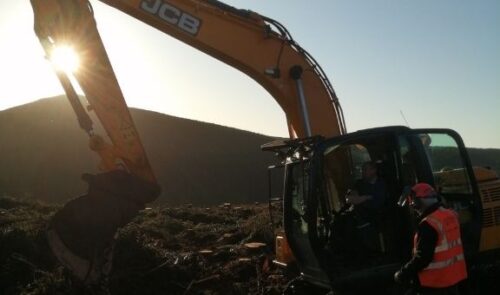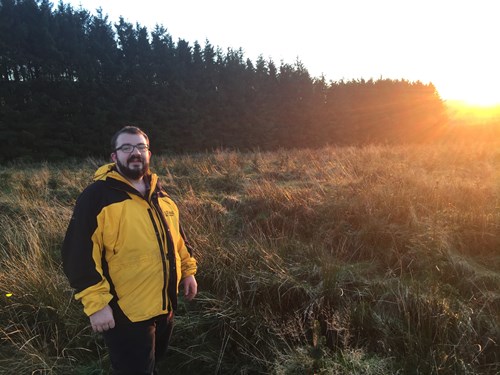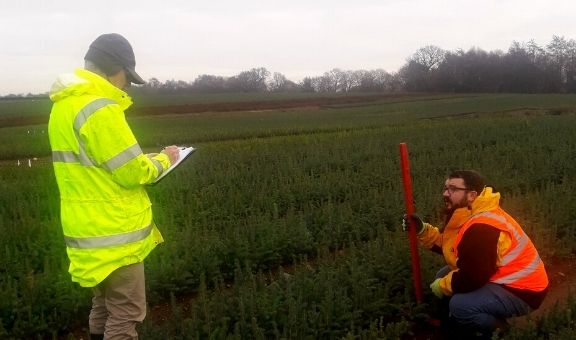It is becoming increasingly evident that tree planting is a win-win solution for climate change
The global movement for climate change mitigation is growing every day, which is fantastic! It would also appear forestry is at the forefront of people’s minds as an obvious solution which is even more fantastic.
This is absolute music to a Foresters’ ears! However, it isn’t as clear cut as it may seem. I have touched on this subject in previous blogs but this time I will discuss my opinions on the ‘red tape’ and other consultation considerations and criticisms we regularly face.
There is a clear desire from government to plant trees and a desire from the public to get trees in the ground therefore where does this process get convoluted? Where does the difficulty come in actually implementing all of this great desire to plant trees?
Firstly, the process required to get trees in the ground is an extremely complex one involving lots of red tape and large amounts of time with much consideration being given to the whole process. It could appear that the regulatory body south of the border is certainly not as hungry for new planting as their counterparts north of the border.
Scotland on the other hand are enjoying a plethora of new planting schemes which have gone through similar consultation processes. All be it more stream-lined and a default desire to plant at the forefront of decision making.
Secondly, there is no doubt in any professional foresters mind that the environment comes first. That means planting the right tree in the right place, thus, ensuring the landscape is future-proofed. Future proofing includes financial returns which are largely neglected as a consideration by the press. The issue I believe is when the idea of woodlands without long-term management is promoted as a consideration. I do believe this is dangerous and offering a considerable headache for the future especially considering current land-owner liabilities with roadside Ash.
And finally, a well-managed property is self-sustaining; it is managed and able to provide an income to ensure ongoing management. These forests are not reliant on grant aid or volunteer labour for professional management. It is this fundamental sustainability that ensures the landscape, environment and local people benefit the most from these woodlands Assurance schemes such as the UK Forestry standards (UKFS) and UK Woodland Assurance Standards (UKWAS) underpin the sustainability of these woodlands.
The idea that ‘broadleaves are good’ and ‘softwoods are bad’ is a reoccurring criticism foresters face when detailing restocking or new species choices. Yet softwoods lock more carbon through a rotation; provide habitat and all the ecosystem services of broadleaves whilst also providing a sustainable resource which can replace other less sustainable products of concrete and steel. These facts need to be public knowledge, an issue the forest industry is currently tackling with increasing activity in education and social media feeds.
Planting trees is a controversial subject; but dare I say it is becoming less about controversy and more about need. Trees provide a solution to climate change and the longer we delay the more damaging the results will be. If we don’t plant trees quickly on a large scale whilst managing them effectively there will no longer be a landscape or habitat to be controversial about!

Find out more about Luke Cross

Luke Cross
Find out moreJoin the Tilhill 2022 Graduate programme




